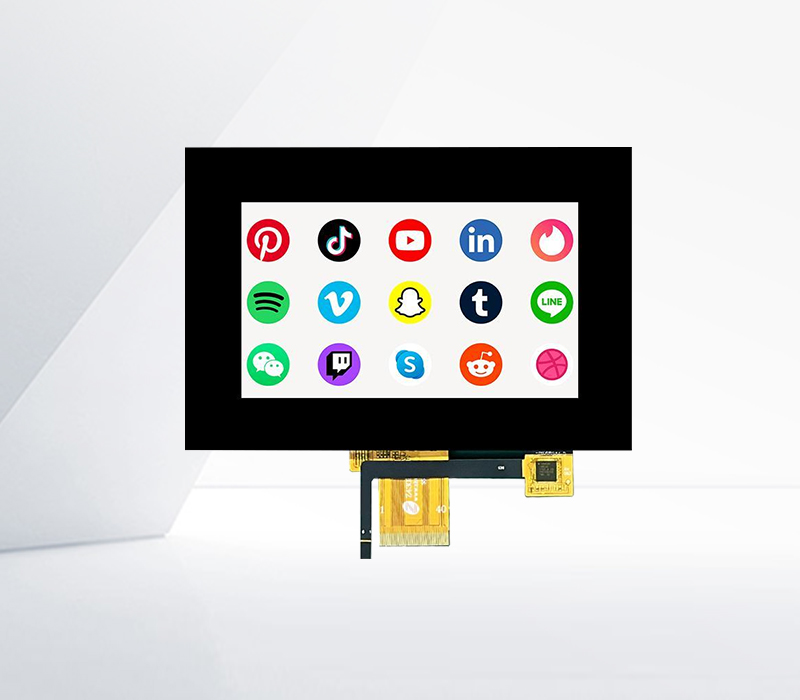




LCD modules are critical components in ordering machines , which are widely used in restaurants, cafes, and fast-food chains to streamline the ordering process. These modules serve as the visual interface between customers and the system, displaying menus, prices, images, and order confirmations with clarity and responsiveness.
One key feature of LCD modules for ordering machines is high visibility under various lighting conditions. Restaurants often have dynamic lighting—from bright daytime settings to dim ambient lighting in evening hours. As a result, these LCDs typically use high-brightness backlights (300-500 nits) and anti-glare coatings to ensure menu items remain readable. Some advanced models also incorporate adaptive brightness technology, which adjusts the screen luminance based on ambient light, reducing eye strain for users and saving energy.
Another important characteristic is touch compatibility, though this depends on the machine’s design. Many modern ordering machines use LCD modules paired with touch panels (capacitive or resistive) to allow customers to select items directly on the screen. The LCD must maintain stable performance during continuous touch interactions, with fast response times (typically 10-20 ms) to avoid lag when scrolling through menus or selecting options. This responsiveness is crucial for maintaining a smooth user experience, especially during peak hours when multiple customers use the machine sequentially.
Durability is also a priority. Ordering machines are used in busy, high-traffic environments, so their LCD modules must withstand frequent use and occasional impacts. They often feature reinforced glass or plastic front panels to resist scratches and minor bumps. Additionally, the modules are designed to operate within a wide temperature range (0-50°C), ensuring reliability in kitchens or outdoor dining areas where temperatures may fluctuate.
In terms of resolution and size, LCD modules for ordering machines vary based on the device’s intended use. Smaller countertop machines may use 7-10 inch displays with WVGA (800x480) resolution, while larger self-service kiosks might employ 15-21 inch screens with HD (1280x720) or Full HD (1920x1080) resolution to display more menu items at once. The aspect ratio is often 16:9 or 16:10, which is well-suited for showing portrait or landscape menu layouts with images and text side by side.
LCD modules for ordering machines combine visibility, responsiveness, and durability to facilitate efficient, user-friendly ordering, ultimately reducing wait times and enhancing customer satisfaction.
